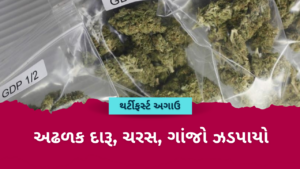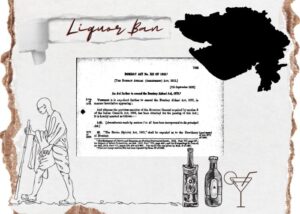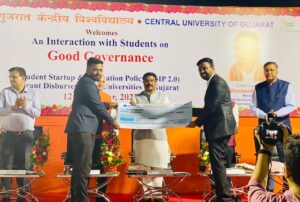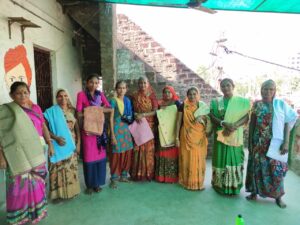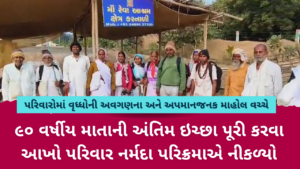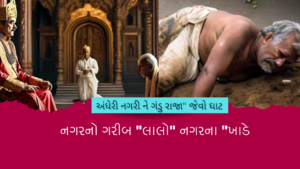Today morning Narendra Modi took it to his twitter handle where he urged the citizens to share selfies with indigenous products on Namo App and make payments via UPI. While scrolling through twitter yesterday, one would have come across an advertisement shared by the prime minister where “Anupamaa” performers Rupali Ganguly and Gaurav Khanna advocate supporting small businesses. This is an advertisement encouraging people to purchase local. The popular actors returned to their roles as ‘Anupamaa’ and ‘Anuj’. It took us back to the ‘Swadeshi’ days.
The Beginnings
 Swadeshi Movement is the first people’s movement to be taken seriously, led by that era’s greatest nationalists; Shri Aurobindo and Bankim Chandra Pal. Its basic explanation is relevant even in the current ideological preoccupation of modern politics. All movements have some ideological background, but the Swadeshi Movement of 1905–07 had strong one. It was the result of several indigenous nationalist ideology in India or what may be referred to be the authentic Indian version of nation-state. It emphasised the statement of the authentic heart of the Indian people in the appropriate viewpoint.
Swadeshi Movement is the first people’s movement to be taken seriously, led by that era’s greatest nationalists; Shri Aurobindo and Bankim Chandra Pal. Its basic explanation is relevant even in the current ideological preoccupation of modern politics. All movements have some ideological background, but the Swadeshi Movement of 1905–07 had strong one. It was the result of several indigenous nationalist ideology in India or what may be referred to be the authentic Indian version of nation-state. It emphasised the statement of the authentic heart of the Indian people in the appropriate viewpoint.
The Aurobindo Philosophy
 Aurobindo’s 1904 Kali Puja event supported Hindu’s identity and their cultural component. Hindu nationalism is the result of pride translated or the concept of ‘Cultural Nationalism’ in Indian viewpoint. Devotion to religion was prioritised. People expressed their intense sense of Hindu tradition-based patriotism in order to 90% of Hindu sermons to portray the India’s cultural geography, with 10% of the space to the metaphysics. The symbol of ‘Bharat’ was ‘Mata’. Precise manifestation of ‘Jagadamba’ as described by Vivekananda and previous figures were sketched by Bankim Chandra Pal.
Aurobindo’s 1904 Kali Puja event supported Hindu’s identity and their cultural component. Hindu nationalism is the result of pride translated or the concept of ‘Cultural Nationalism’ in Indian viewpoint. Devotion to religion was prioritised. People expressed their intense sense of Hindu tradition-based patriotism in order to 90% of Hindu sermons to portray the India’s cultural geography, with 10% of the space to the metaphysics. The symbol of ‘Bharat’ was ‘Mata’. Precise manifestation of ‘Jagadamba’ as described by Vivekananda and previous figures were sketched by Bankim Chandra Pal.
Celebrating the Indigenous and Promoting Atmanirbharta
The word ‘local’ emphasises the significance of both big and small kirana businesses. The local movement may be seen as an attempt to revive demand and, as a result, provide some kind of safety net for the small scale businesses struggling to survive. Self-sufficiency is exceptional because of the specialisations and affordable prices. Indian FMCG companies, particularly those in the food sector, have been adhering to the localization or ‘Vocal for Local’ initiative.
 India has a sizable, well-established textile industry. Nonetheless, Bangladesh and Vietnam provide such low pricing that multinational companies buy their clothing from these countries. Indian textiles are exported to other countries so they may be used to make clothing. At last, these products will be distributed globally. Using synergies like this helps global businesses maintain their competitiveness.
India has a sizable, well-established textile industry. Nonetheless, Bangladesh and Vietnam provide such low pricing that multinational companies buy their clothing from these countries. Indian textiles are exported to other countries so they may be used to make clothing. At last, these products will be distributed globally. Using synergies like this helps global businesses maintain their competitiveness.
The call for local movement can also be seen as a catalyst to revive demand during a period when we are having global difficulty in maintaining liquidity and consistent cash flow. This will help the small and marginal domestic industries that are struggling to survive.
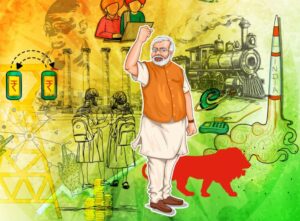 Among Indian companies, the ‘Vocal for Local’ campaign instilled optimism. While making the most of this chance to demonstrate their companies’ strength on a global scale. Prominent Indian companies quickly modified their marketing plans, concentrating on ‘Indian and indigenous’ as major topics. MSMEs will experience substantial advantages. The financial stimulus plan, which is valued at five trillion dollars will be met by 2025.
Among Indian companies, the ‘Vocal for Local’ campaign instilled optimism. While making the most of this chance to demonstrate their companies’ strength on a global scale. Prominent Indian companies quickly modified their marketing plans, concentrating on ‘Indian and indigenous’ as major topics. MSMEs will experience substantial advantages. The financial stimulus plan, which is valued at five trillion dollars will be met by 2025.










